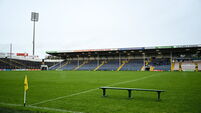No real threat to housing market ... yet
Speculation can be endless and even this column falls into the trap by raising the issue again.
To get a perspective, one friend of mine was arguing back in the early 1990s that house prices would come back, and he has argued the same point since.
















